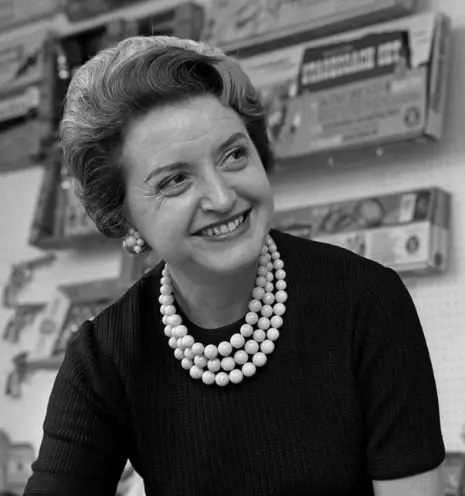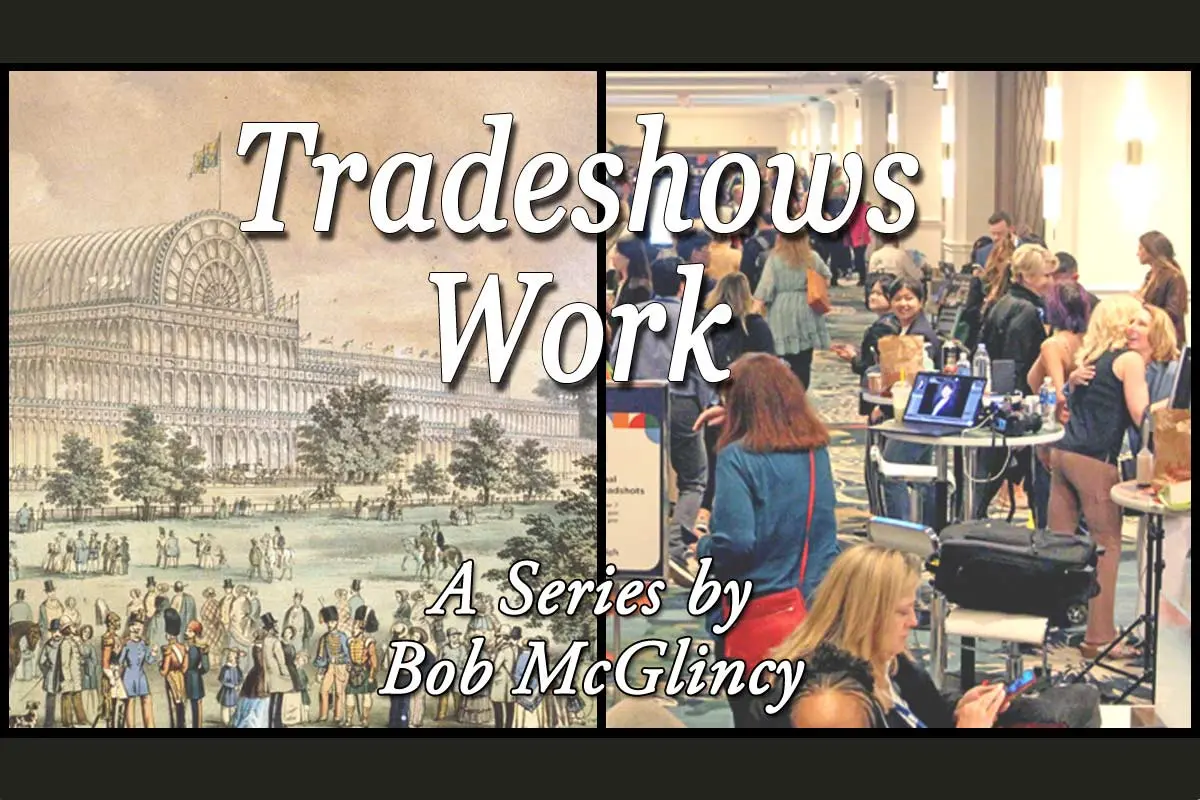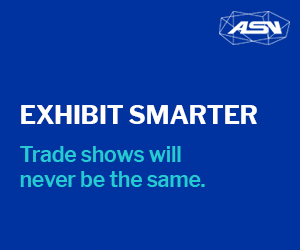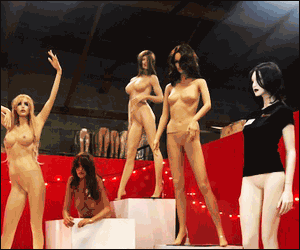
The year: 1959. The location: New York City.
On March 9, 1959, a leggy, teen-aged, future fashion model arrived in New York City. It was her first time at a tradeshow; it would not be her last. Hailing from Willows Wisconsin, Barbara Millicent Roberts showed up with a flowing blond ponytail, heavy eyeliner, gold colored hoop earrings, and sculpting a black and white wrap. Barbara was accompanied by her mentor, Ruth Handler, an exhibitor at the show.
Tradeshow impact. Handler and her husband Elliot started a small business out of their garage in the mid-thirties and incorporated it in 1945. They had limited success. After exhibiting at the 1959 Toy Fair, the company went public a year later and landed on the Fortune 500 list in 1965. The company name: Mattel.
The product. Barbara Millicent Roberts is better known as “Barbie” — an 11.5 inch lithe, red-lipped doll, named after Handler’s daughter, Barbara. For her debut at the show, Barbie was dressed in a zebra-striped bathing suit. At a time when a gallon of gasoline sold for $0.25, this first fashion doll had a list price of $3.00. Barbie was the first US mass produced toy with adult features. Many retailers at the Fair balked at buying and distributing the doll, believing it was inappropriate and wouldn’t sell. In fact, it took Ruth Handler three years to convince Mattel’s male dominated marketing department that pre-teen girls would want an adult dress-up doll, and that their mothers would buy it.
Ruth Handler wanted to create a glamourous adult doll that reflected the times, something along the lines of Aubrey Hepburn, Elizabeth Taylor, and Marilyn Monroe. More than that, she wanted to inspire young girls to dream, to realize that make-believe was an important part of growing up, or as she said, “my whole philosophy of Barbie was that through the doll the little girl could be anything she wanted to be.”
The success. Many buyers at the show expressed little interest, and Mattel was not prepared for the overwhelming demand. Within three months, dolls were selling at a pace of 20,000 a week; and it took Mattel three years before their manufacturing could keep up with the demand. Over one billion dolls have been sold worldwide, and in 2024 Barbie was selling at a rate of 110 dolls a minute.
But success was more than simply selling dolls. It was also about selling accessories. Since Barbie came dressed in a bathing suit, it was an easy sell to convince parents to buy other fashion, and then additional accessories. Barbie products include clothes, cars, doll houses, furniture, jewelry, and friends. Accessories cost more than the doll, and in 2008 made up 40% of all Mattel revenue – of all the toys Mattel sold (including Barbies) the Barbie accessories made up a total of 40% of the annual sales of the entire company. Remarkable!
More than financial success. Barbie inspired girls and let them dream. Barbie, as marketed, has had over 250 careers. Little girls could imagine themselves as doctors, lawyers, models, executives, or even space travelers. Astronaut Barbie went to the moon in 1965, four years before the moon landing, and eighteen years before Sally Ride became the first American female in space. Not everyone is a fan of Barbie: some believe her measurements are too unrealistic, and her accessories too materialistic. But Barbie’s success after that first tradeshow cannot be denied.
The origin of Barbie was two-fold. First, Handler was inspired by watching her pre-teen daughter and her friends play dress-up and create stories with paper dolls of adult women. She believed little girls should be encouraged to imagine the future and envisioned a 3-D doll that could be styled and accessorized like a paper doll. Then, on a trip to Europe in 1956, Handler saw an adult novelty doll called Bild Lilli. Handler created her own version, and later, Mattel bought the rights to the doll.
Bild Lilli started as a German cartoon character in 1952. The scantily clad Lilli was described as “sassy, classy, fashionable, and desirable.” The comic strip was such a hit, that a year later, in 1953, the newspaper decided to create a 3-D version, and market it in bars, tobacco shops and adult toy stores. It was possible to accessorize the doll with various fashions, and the doll eventually progressed from bachelor party gag gifts to a play doll for young girls.
Tradeshows work. Tradeshows provide a platform for success. An invention or product is meaningless if no one knows about it. Tradeshows display products, generate sales and establish brands.































